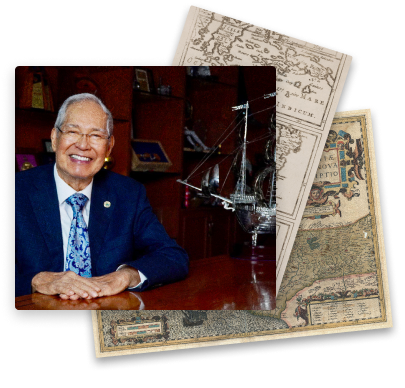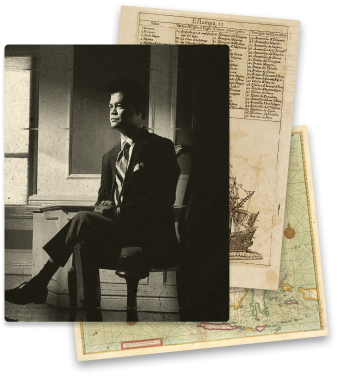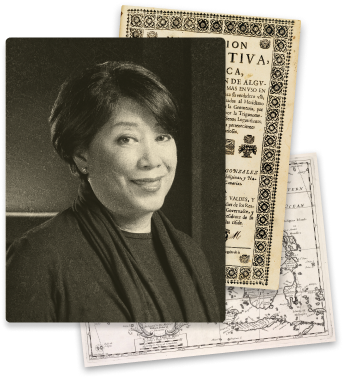Fair winds til we meet SOON.
Scroll to learn more about the museum
MUSEO DEL GALEÓN
will stand as a lasting and enduring monument that will benefit present and future generations.
A cutting-edge, educational institution in the Asia-Pacific region, our museum will present histories, alongside current and future maritime scenarios through a variety of platforms.
THE GALEÓN ESPÍRITU SANTO
Explore the Galeón Espíritu Santo, a full-scale representation of a 17th -century galleon that was constructed in Cavite in 1603.
The Galeón Espíritu Santo successfully participated in the Manila-Acapulco voyages from 1603 to 1618 on the galleon trade route discovered by Andres de Urdaneta in 1565, known as El Tornaviaje.
In over 250 years of the galleon trade, 181 vessels sailed across the Pacific Ocean between Manila and Acapulco in 798 voyages.
FROM OUR CHAIRMAN
Ambassador Carlos C. Salinas

FROM OUR President
DORIS MAGSAYSAY HO
FROM OUR EXECUTIVE DIRECTOR
Manuel Luis Quezon III

MUSEO DEL GALEÓN
BOARD OF TRUSTEES
Chairman
Ambassador Carlos C. Salinas
President
Doris Magsaysay-Ho
Treasurer
Dr. Jaime C. Laya
Trustees
Gloria M. Angara
Gerardo A. Borromeo
Dr. Lydia B. Echauz
Dr. Carlos Madrid Alvarez-Piñer
Enrique K. Razon Jr.
Alfredo P. Roca
Hans T. Sy
The glory of the past offers us lessons on how to move forward cooperatively, capitalizing on kinship forged and strengthened through centuries.
Senator Edgardo J. Angara
1934 – 2018
Founding Chairman
Museo del Galeón, Inc.
WE INVITE YOU to
JOIN THE VOYAGE
as we sail through our past
to chart our maritime futures
GET IN TOUCH WITH US
Museo del Galeón is a private, non-profit donee institution; accredited by the Bureau of Internal Revenue (BIR) and Philippine Council for NGO Certification (PCNC).


